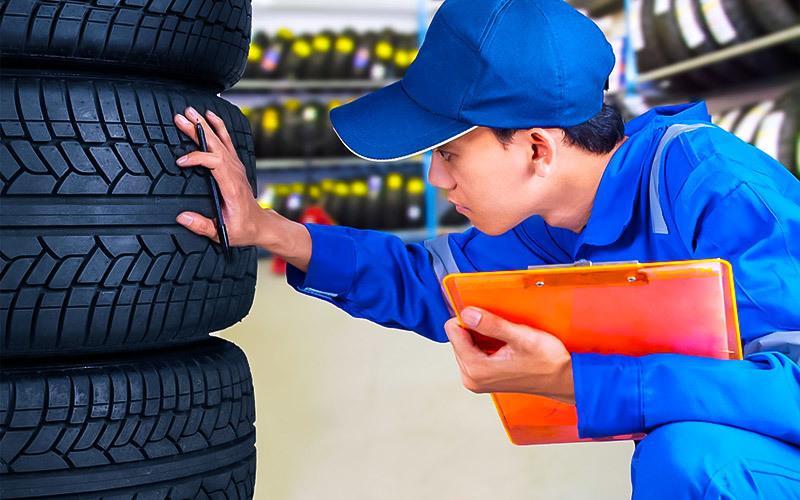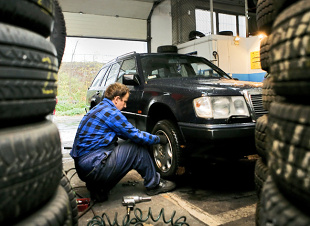
Check your tires before you hit the road
 Bridgestone's tire safety studies have shown that up to 78% of vehicles in Europe may be fitted with tires that are not suitable for safe driving. However, the good news is that checking the condition of your tires is very easy and should not take more than a few minutes.
Bridgestone's tire safety studies have shown that up to 78% of vehicles in Europe may be fitted with tires that are not suitable for safe driving. However, the good news is that checking the condition of your tires is very easy and should not take more than a few minutes.
 Tires are the first line of defense against potentially dangerous driving situations. To ensure the safety of yourself and your passengers, it is important to keep them in good condition. The tires in the caravan, motorhome and semi-trailer should also be checked, especially if they have not been used for a long time.
Tires are the first line of defense against potentially dangerous driving situations. To ensure the safety of yourself and your passengers, it is important to keep them in good condition. The tires in the caravan, motorhome and semi-trailer should also be checked, especially if they have not been used for a long time.
1. Check the tread depth
It is very important that tires have sufficient tread depth so that the vehicle can drive confidently on wet roads. You can check this with a special ruler or look for tread depth indicators inside the grooves. Remember that the legal minimum depth is 1,6mm and there must always be a difference between the caliber and outside of the tire. If the tread depth is the same, it's time to change the tires, especially before a long trip!
Excessive wear leads to a significant increase in braking distances on wet surfaces. It also increases the risk of hydroplaning, which can be especially dangerous during sudden summer showers!
2. Check the tire pressure.
Your tires are as important to your safety as oxygen tanks are to scuba divers. You wouldn't dive underwater without checking your tank pressure, would you? The same should be done with tires. If your tires are several years old, be sure to check out the compressor, which can be found at almost every gas station. Remember that the correct tire pressure should be correspondingly higher when the vehicle is fully loaded.
Under-inflated tires have a negative effect on the ability to brake and maneuver safely. They increase combustion and wear out faster.
Where can I find information on the correct air pressure for your vehicle? Especially in the logbook, on the pillars or on the filler neck. There you will find information about the correct tire pressure. If in doubt, consult a specialist!
3. Check for damage and wear.
Cuts, scrapes, abrasions and other injuries can easily get worse in the long run. When in doubt, consult a specialist who will decide whether traveling on such tires is safe.
Worn or damaged tires carry an increased risk of explosions while driving, which can lead to loss of vehicle control.

